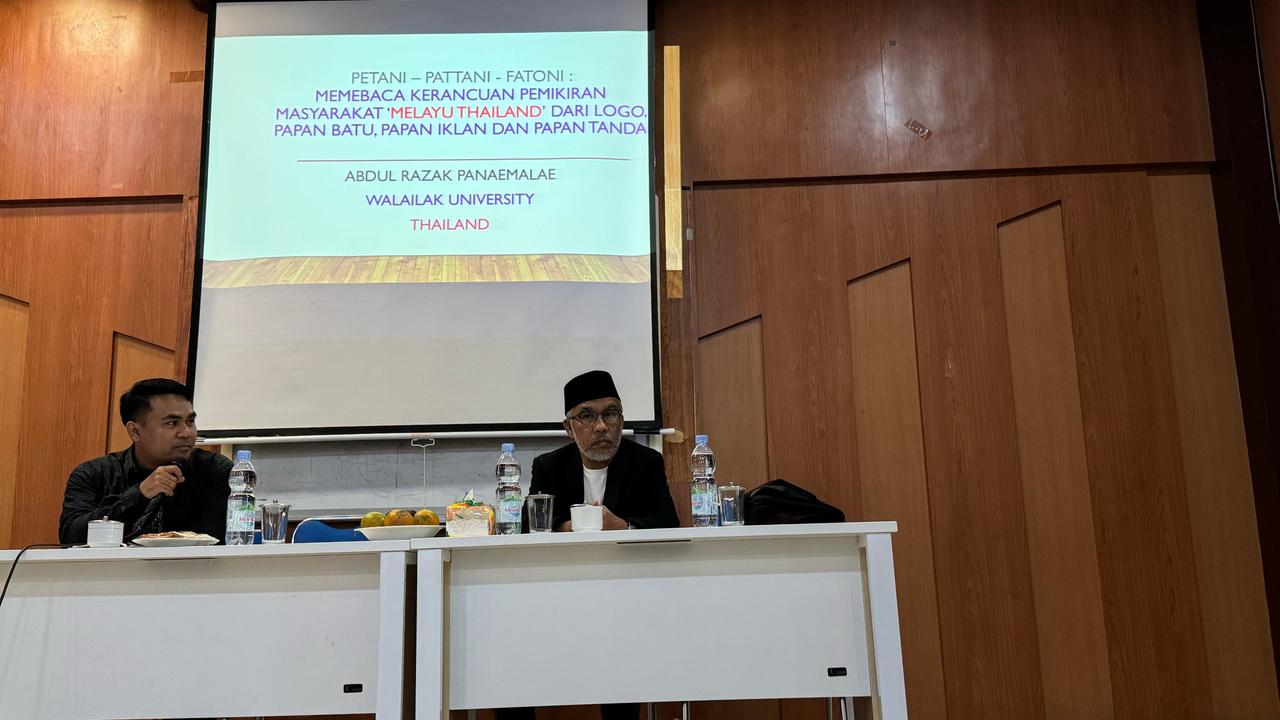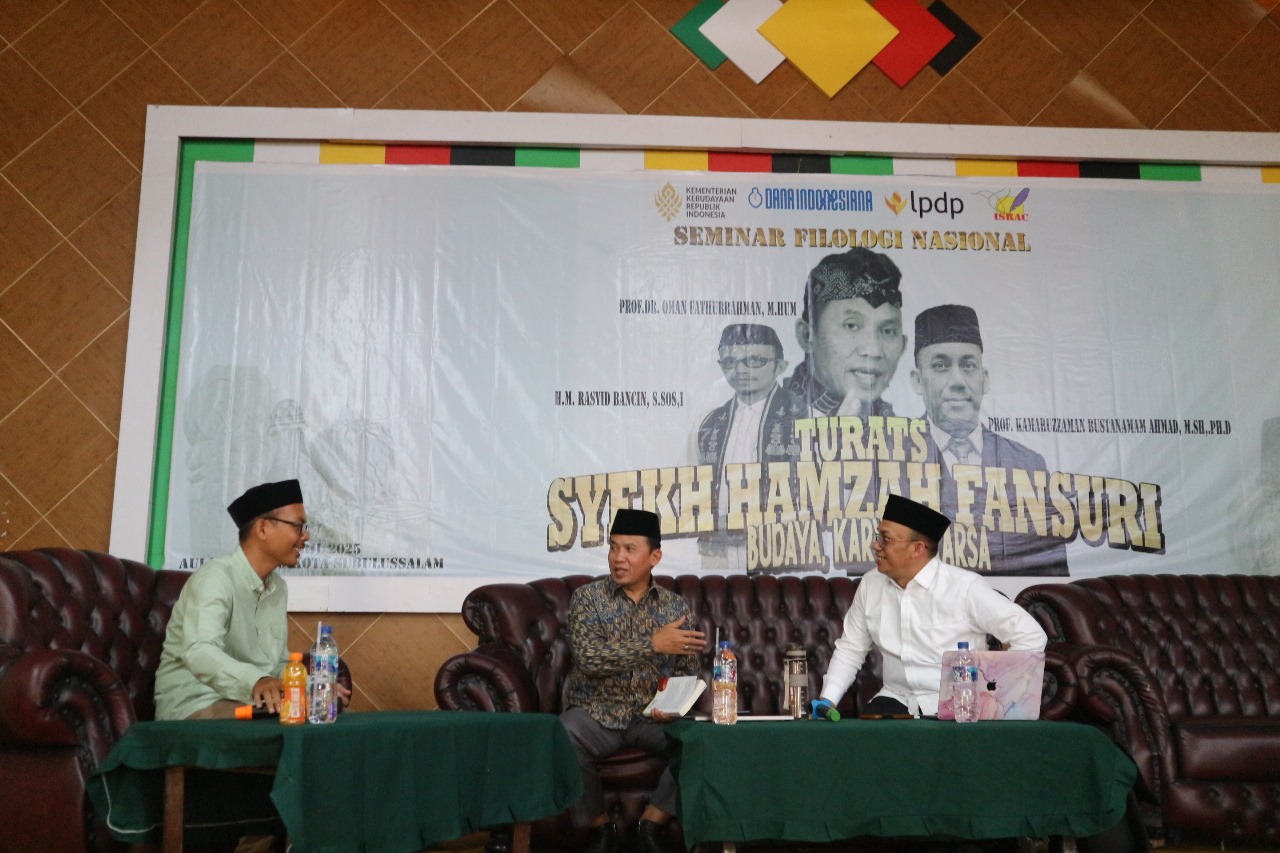Introduction
In today’s rapid technological advancements, new ideas have become more accessible than ever. People from all backgrounds can now access information and take advantage of the opportunities that come with it.
With this in mind, many businesses are seeking to capitalize on this by utilizing new strategies to create a variety of new jobs that cater specifically to the needs of this growing community.
One example is the rise in demand for artificial intelligence (AI). The demand for AI lecturers will grow even further in the coming years once humanoids become lecturers at universities.
Read on to learn more about how artificial intelligence could transform how we educate future generations and how virtual reality technology could be used as a cost-effective teaching tool.
Artificial Intelligence and Virtual Reality in Education
Artificial intelligence has been a trend in many industries for years, but artificial neural networks have seen a surge in popularity in the last few years. Neural networks are a type of machine learning that utilizes a system of interconnected nodes to “predict and understand the input,” making them an ideal fit for the growing AI industry.
The abundance of data now available to AI systems, combined with the development of cheaper and more powerful computing systems like the neural network, has led to the development of the next generation of AI systems like Alexa, Cortana, and Siri.
AI has the potential to impact education in many ways, from creating new types of simulations to improving the way students learn. AI could even transform how we teach both in and out of the classroom.
AI could be a personal learning assistant, helping students review course material, explore new topics, and keep track of assignments.
It could also be used to create simulations, potentially allowing students to experience scenarios from their chosen field that they may not be able to in their own lives.
How will AI teach?
AI will be used to create virtual simulations that allow users to try out jobs and professions without the risks associated with real-world scenarios. For example, a school could allow students to experience becoming a doctor without the risk of contracting the diseases they are learning about.
Another potential application is giving students a hands-on experience while they learn. For example, AI could create an online environment where students can build a house while they learn about architecture and construction.
What are the challenges in implementing AI into teaching?
There are numerous challenges in implementing AI into teaching, including ensuring students are engaged with their learning experience and ensuring that AI can process a large amount of data.
Also, ensuring that data is secure and student privacy is maintained is crucial. At the same time, implementing AI safely and effectively is essential. One way to address these challenges is to allow AI to work alongside human instructors.
For example, AI can be used to help instructors create simulations, and human instructors can be used to provide feedback and offer guidance.
Artificial Intelligence: The Future of Teaching
Artificial intelligence is the next step in the evolution of the technological world. The core difference between the old AI and the new AI is that the new AI takes into account several factors that were not previously included in the equation when creating new AI systems.
The most crucial difference between the old and new AI is that the new AI can process more data than ever before, making it more relevant in the world today.
AI systems cannot only understand the data they have access to, but they can also learn and make predictions based on past events and data.
AI systems have become so advanced that they have become indistinguishable from humans, making it possible for AI to be used to teach future generations.
AI to Teach Online Courses and Massive Open Online Courses (MOOCs)
An online education platform that uses artificial intelligence to create online courses is a great way to transform how we teach. AI can be used to create engaging online courses that are as interactive as any face-to-face learning experience.
AI can also be used to create adaptive courses that adjust based on a student’s skill level and provide personalized guidance to help students become more successful in their studies.
AI can also be used to create virtual mentoring programs that allow students to receive one-on-one assistance from industry professionals, which could help students break through their learning barriers and achieve their goals more quickly.
How Virtual Reality Technology Could Transform the Teaching Environment
Scientists can now create realistic virtual environments that can be used to create any number of practical applications. For example, VR has created realistic battlefield simulations, rescue training scenarios, and a wide range of other practical applications.
These VR environments can create virtual university courses that are as realistic as any face-to-face course, allowing students to experience a college course in a way they could not if they were watching a lecture on a screen.
The Rise of Robot Tutors – Why Now is the Time to Provide Robotic Training to Students?
Robot tutors are already a reality for students who need extra help with specific subjects. Companies like 1Tutors provide students with one-on-one assistance from qualified tutors that can be accessed from any device.
In some cases, students may even be able to use AI to access their robot tutor. Now that AI technology is advancing quickly, robot tutors can be programmed to be more helpful and engaging. The next step is to create robot tutors that can provide personalized assistance to students.
By allowing AI to assist robotic tutors, students will receive more personalized assistance and be able to succeed in their studies more quickly.




